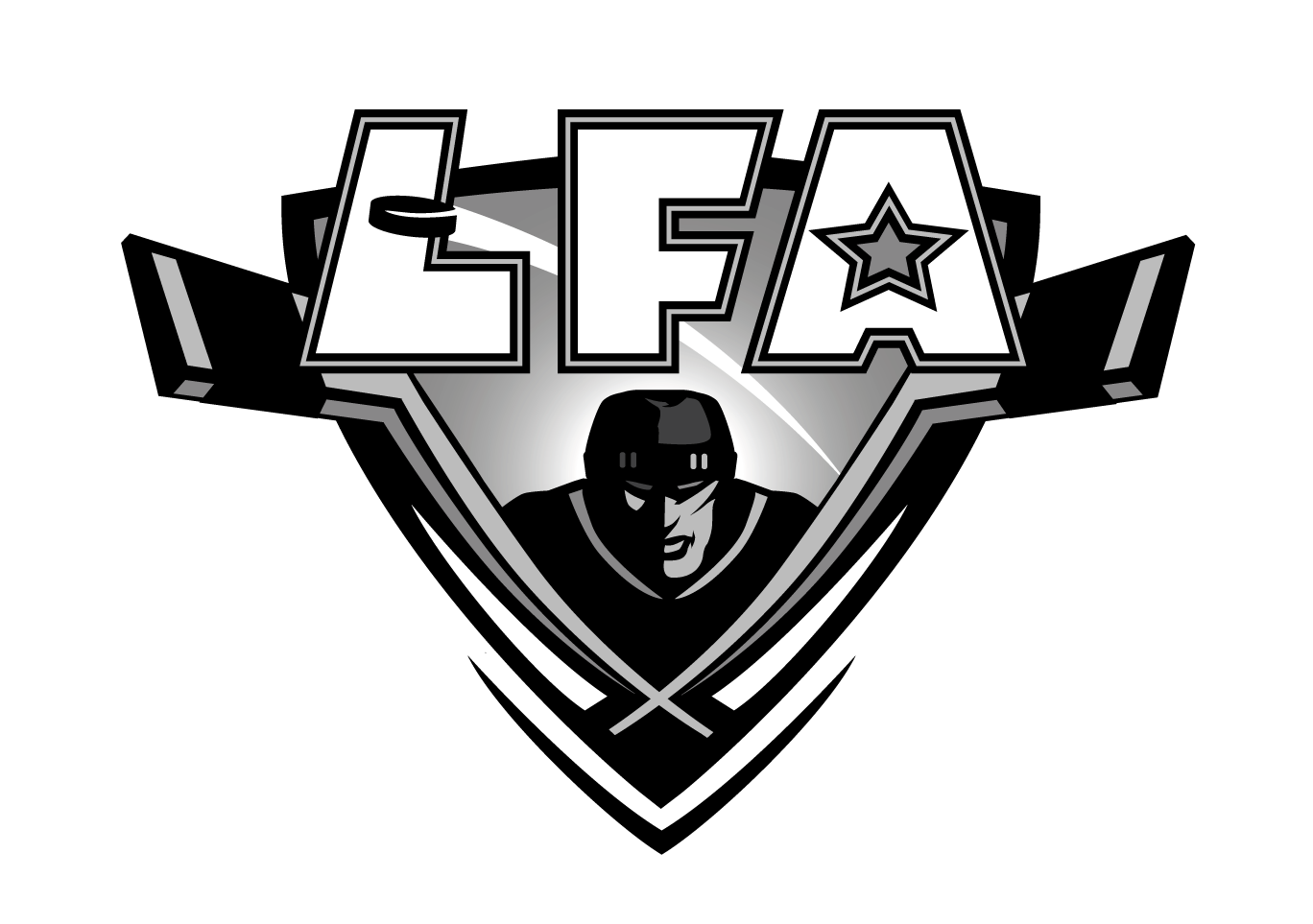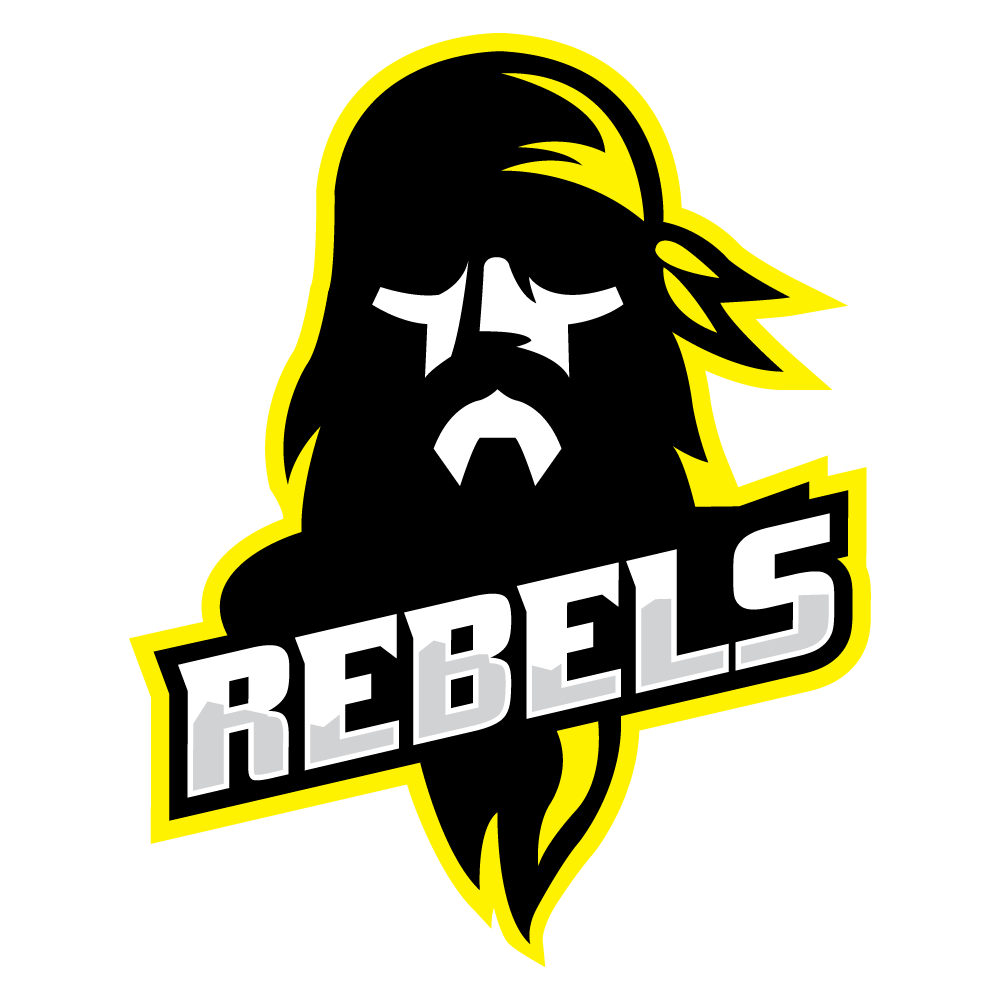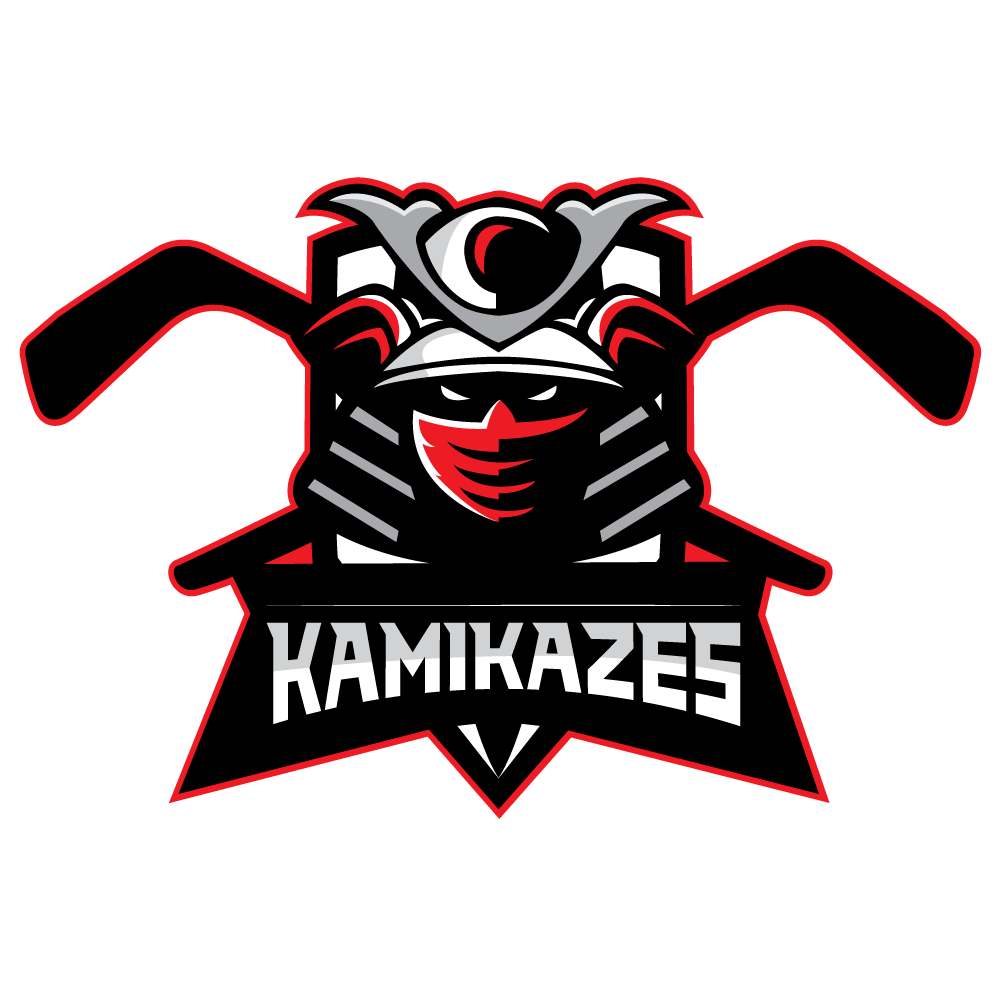TO EACH HIS CURVE
/In the hockey player’s arsenal, the stick is often the key weapon. Certainly comfortable skates, helmet and gloves are important, but the stick, and especially its curve, is often the most personal and the toughest to get right. From one model to another, the manufacturers tweak them and not always for the better. It’s especially true for snipers that it’s not only the curve but the lie of the blade that is part of the calculation.
Not to put too fine a point on it, but when a player has cement hands, you could hand him a curtain rod and it will work as well as any curve or lie. But when you’re the type of player who has the puck more often than your share, the stick becomes a surgical tool that you use to carve up the game. And as you recount the the play-by-play post mortem at the bar, the moves get even better leading up to lighting the lamp.
Then, there’s the length of the stick: what is the optimal length for your style of play, your position and, of course, your height. The answer is as personal as the curve or how sharp you like your skates. You can ride along for four months with a certain length and curve to your stick, and everything is great. All of a sudden, you feel like nothing works, you can no longer control the puck, and you start experimenting.
On top if it all, you have to decide how much flex you want in your stick. 85? 90? 95? 110? Defence or forward? What’s your level of technique, the level of your game? You can spend years finding the right twig when you’re at your local store. Oh, and we haven’t even started talking about grip, which used to be for golf clubs.
So when a player’s girlfriend asks me what kind of stick she should get him for his birthday, I tell her to look at what he has by the door, or just get him a gift card. This kind of thing is just too personal to entrust to anyone else.
By the way, I shoot left and have cement hands. I’ll be waiting for my curtain rod.
JFD (AS TRANSLATED BY LES PERREAUX)










































